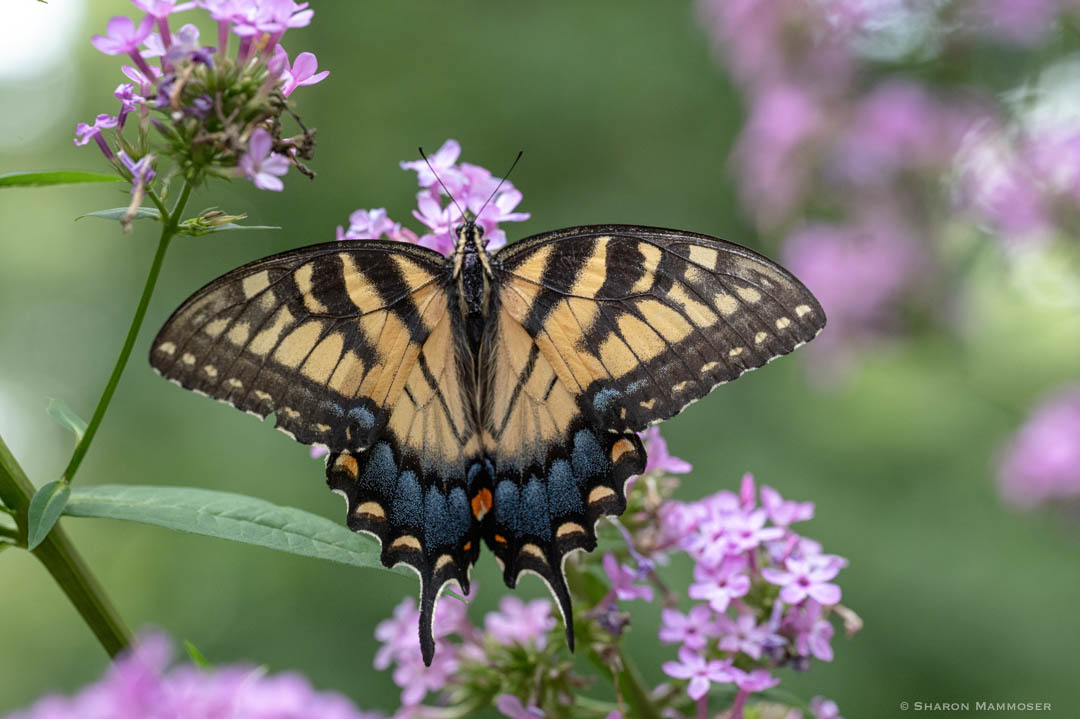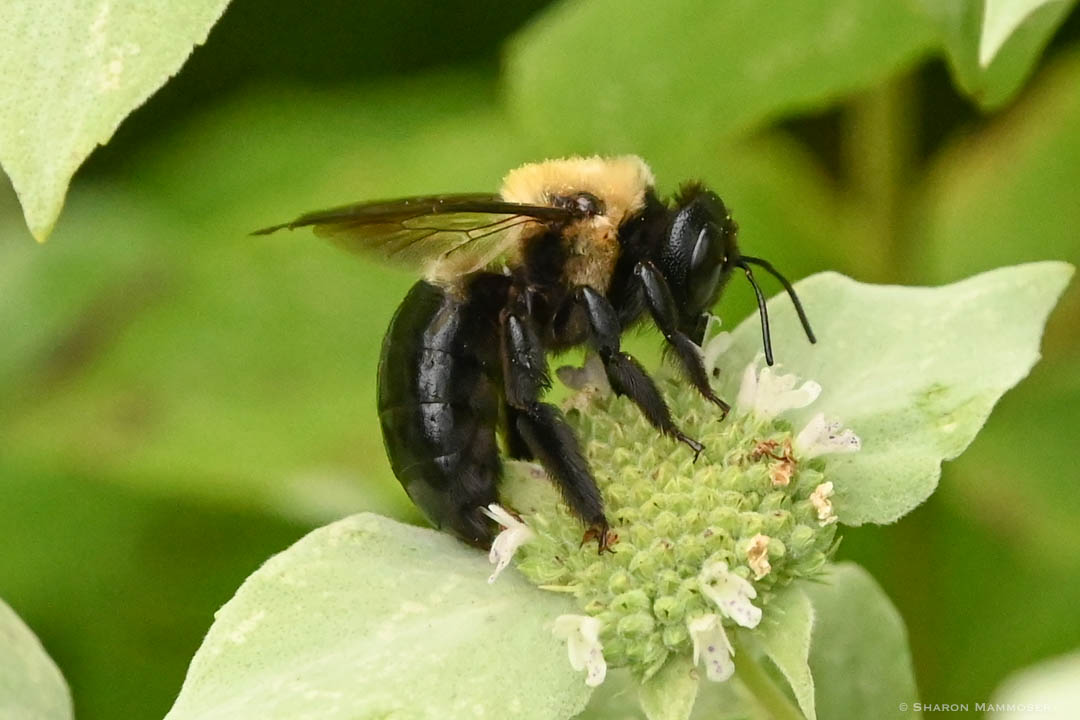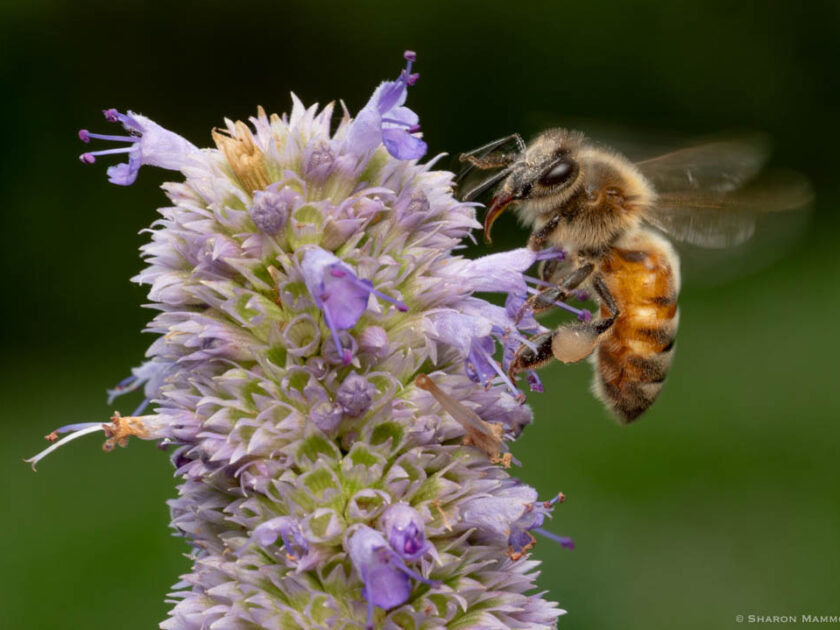You probably already know that many plants require the services of a pollinator. Pollinators are animals that transfer pollen from one flower to another so that the plant can become fertilized in order to create seeds, fruit and new plants. According to the US Department of Agriculture, “Three-fourths of the world’s flowering plants and about 35 percent of the world’s food crops depend on animal pollinators to reproduce.” There are many kinds of pollinators including bees, butterflies, moths, flies, beetles and other insects. Hummingbirds and bats are also pollinators.
Did you know that every year in August the University of Georgia hosts the Great Southeast Pollinator Census? If you live in Georgia, North or South Carolina, you can make a difference this weekend by participating in this Citizen Science Project that has been going on since 2017. For two days, starting on Friday, August 18th, people all over our region can help researchers by watching a patch of flowers and then submitting their data.

Becky Griffin, pollinator health associate with UGA-Georgia Research & Education Center explains why it’s so important to track pollinators “We hear anecdotally, ‘I just don’t see as many bees this year,’ or ‘I don’t see as many butterflies.’ Is this true? We don’t know. That’s really anecdotal evidence…This is why we need data generation and why we need to track our pollinator populations. The way we determine if it’s true is by a scientific project like this. So we’re documenting our pollinator populations and given time, we will be able to spot trends in our populations.”

The great thing about Citizen Scientist projects like this one is that you don’t need to know the Latin names of flowers or insects. Nor do you need fancy equipment or extensive training to take part. The study simply requires you to watch a favorite flower that’s in bloom right now for 15 minutes and record all of the insects that visit that flower, putting them in one of eight categories:
-
- Bumble Bees
- Honey Bees
- Small Bees
- Carpenter Bees
- Wasps
- Flies
- Butterflies/Moths
- Other insects
Not sure how to tell a bumble bee from a carpenter bee, or a honeybee from a fly? Don’t worry, the University of Georgia makes it easy, providing everything you need to participate, including tips and photos to help with identification. Then, using the provided checklist, participants simply check off every time an insect visits the chosen flower.
The University of Georgia, Join the Count page has everything you need to get started. It’s a great project for the whole family, and an easy way to involve your kids. Simply pull up a few chairs in front of your favorite flower, grab a cold drink and set your timer for 15 minutes. Then watch and see who visits. You may be surprised by the variety of insects that come in that short 15 minute window.
If you enjoyed watching the first flower you can always select a different one and watch that one too! It’s super easy and has the potential to help scientists collect valuable data. Together, we can make a difference.



As always…awesome photography and commentary..:)) My Tithonia ‘forest’ is now daily covered with 10 to 20 Swallowtail as well as a smaller butterfly and bees…Just mesmerizing…..!
Hey Bea, always great to hear from you and happy that you have so many amazing insects in your yard too!! Thanks for taking time to write.